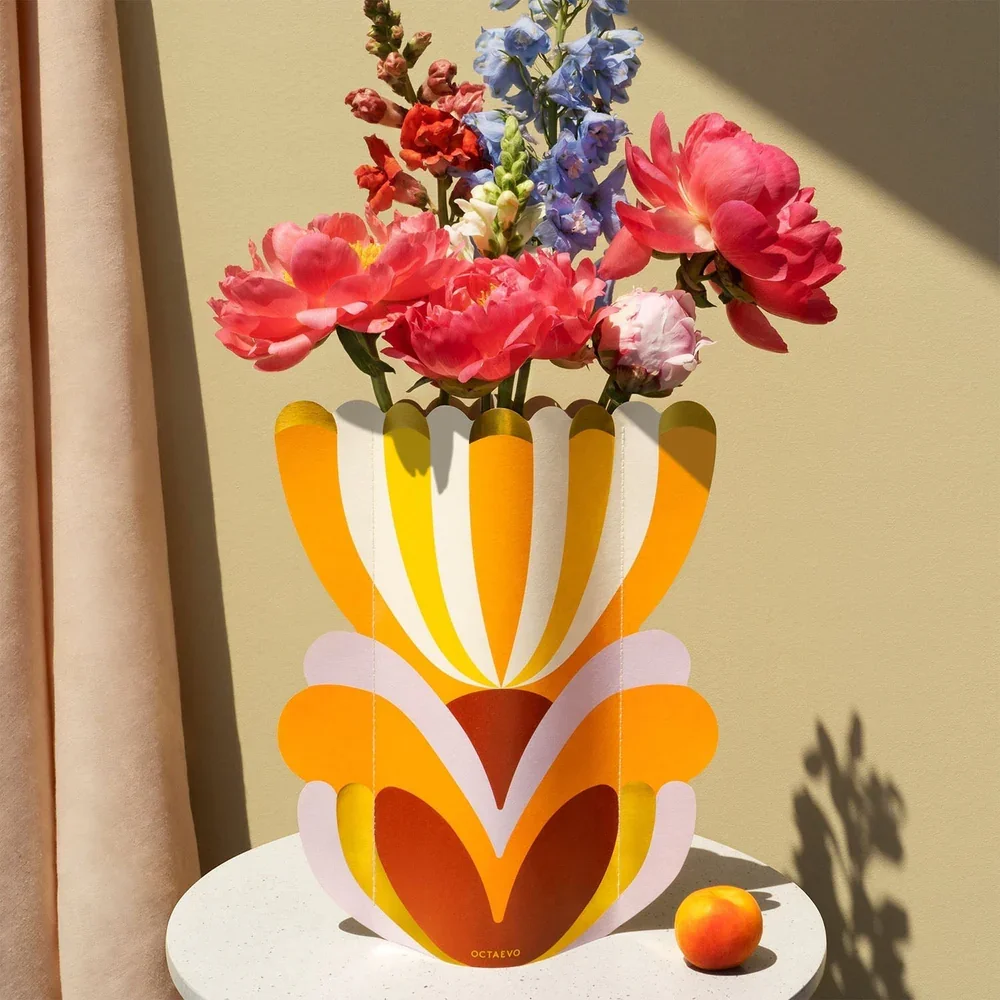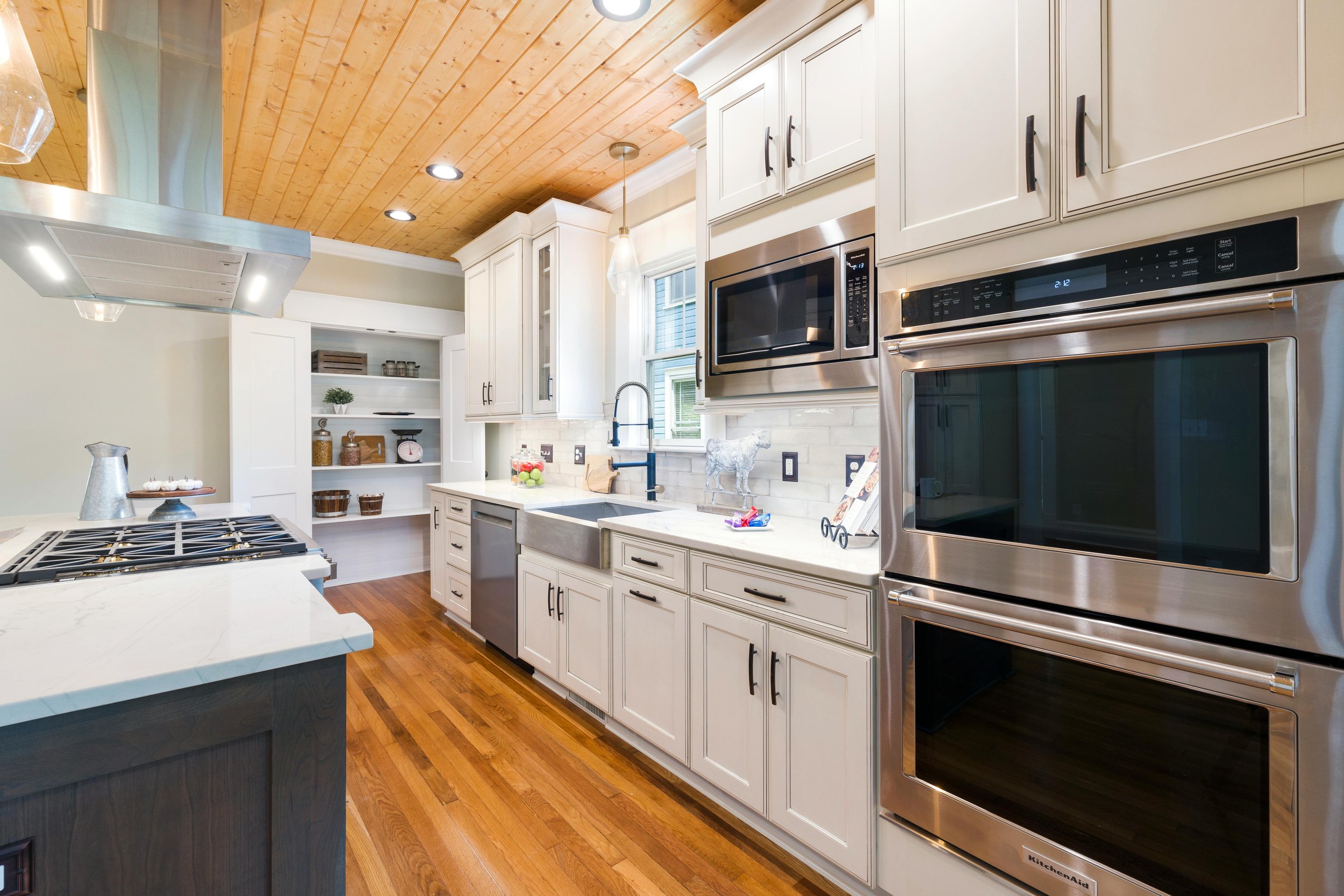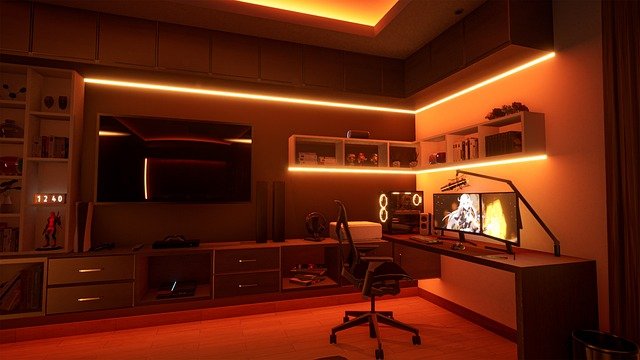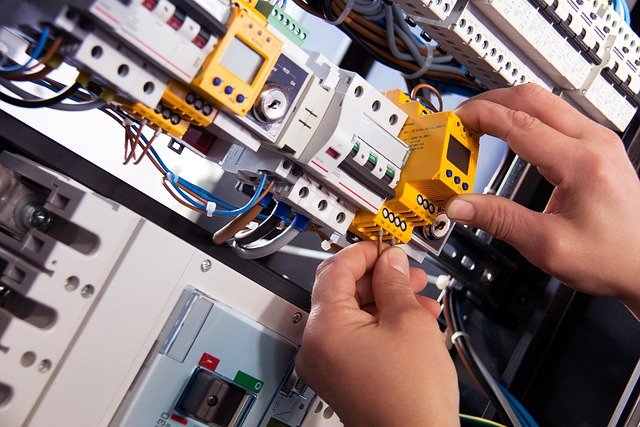Finding the perfect gift shouldn’t feel like a seasonal sport. Whether you’re shopping for someone who thrives on cozy nights in, the friend who can’t help but host every gathering, or the person who always has a tool in their hand “just in case,” there’s something here for everyone.
This curated list brings together comfort, creativity, practicality, and a little unexpected joy—all with homeowners in mind. If you want meaningful, high-quality gifts that feel personal (and won’t end up shoved into a closet until spring), this guide has you covered.
For the Homebody
We all know someone who would happily trade a night out for soft blankets, warm lighting, and a relaxed evening in their favorite corner of the house. Maybe they work from home, maybe they’re recovering from a high-stress job, or maybe they just value peace and quiet more than anything.
To help them build their perfect winter retreat, here are a few gifts that make staying home even better:
✨ Light Therapy Lamp
A gentle boost of sunshine for the darkest months of the year. It helps support mood, energy, and routine—perfect for the homebody who thrives on consistency even when daylight disappears early.
✨ Window-Mounted Hanging Desk
If their favorite room is more window than wall, give them the gift of function without drilling holes or rearranging furniture. This clever desk mounts directly to almost any window, creating a bright little workspace (or puzzle spot) that keeps them connected to the daylight they do get.
✨ Paint Anywhere Christmas Kit
When boredom creeps in with the early sunsets, give them a creative escape. These paint-by-number holiday kits come in several designs—though the mountain scene is especially soothing—and offer a cozy, screen-free way to unwind.
✨ Heated Throw Blanket
The ultimate winter staple. This plush heated throw keeps them warm, cozy, and happily cocooned until spring decides to return.
✨ The nodpod Sleeping Mask
Weighted, soft, and surprisingly effective, this mask turns any nap or bedtime routine into a luxurious moment of calm.
For the Host or Hostess
A host gift is always appreciated—but not every host wants another bottle of wine, and not every gathering calls for the same old standbys. If you’re visiting for an evening (or staying for the whole weekend), bring something thoughtful, charming, and genuinely useful.
✨ Paper Vase Wraps
If you know they love fresh flowers but don’t own a vase they’re proud of, solve two problems at once. These water-resistant paper wraps slip over almost any vase—or even a water bottle—to instantly brighten a room. Simple, elegant, and endlessly reusable.
✨ Bee Print Cocktail Napkins or Coasters
Stylish, sustainable little touches that add personality to any tablescape. Perfect for the host who loves detail and charm.
✨ Animal Icon Photo Holders
For the host who loves fun touches at the dinner table. These adorable place-card or photo holders bring a bit of whimsy to their next gathering.
✨ Kokedama Plant
Ideal for the host who wants greenery but not the upkeep. These Japanese moss ball wrapped plants require only occasional soaking and look gorgeous anywhere—from entry tables to kitchen windows.
✨ “Not Fried Chicken” Ice Cream
For the joker in your life, bring a treat that looks exactly like fried chicken but is actually ice cream. It’s the unexpected, delightfully weird surprise that guests won’t stop talking about.
✨ Compartés Artisan Chocolates
A lovely gift for the host who deserves a treat after everyone leaves. Pair with a handwritten note for a heartfelt thank-you.
For the Handyman
Your favorite fixer-upper, tinkerer, or DIY enthusiast deserves tools that make their life easier—and maybe even save them a few steps (or a few swear words). These gifts work hard, just like they do.
✨ The Muscle Duffle
A heavy-duty canvas bag with enough space for tools, gear, or an overnight stay. Leather-trimmed handles and durable brass hardware keep it stylish and sturdy, while the customizable monogram makes it personal. It’s rugged, reliable, and ready for any project.
✨ Hand-Powered Lifting Jack
A small tool with massive impact. Each jack can lift up to 300 lbs and helps with tasks that normally require multiple people: leveling drywall, hanging doors, lifting cabinets, adjusting tiles, building decks, installing HVAC systems, even acting as a clamp for construction or woodworking. With a simple squeeze and quick-release mechanism, this tool becomes indispensable. Honestly, they might want two.
When the Holidays Get Busy… Don’t Stress About Your Appliances
None of these gifts have anything to do with your major household appliances—and that’s perfectly fine. You shouldn’t have to worry about those this time of year.
Your home should run smoothly all year long. But if that isn’t the case, Appliance Rescue Service is here to help. We can schedule a maintenance check before guests arrive or take care of any appliance that isn’t keeping up with the season—ovens, stoves, fridges, freezers, dishwashers, ice makers, washers, and dryers.
At ARS, there isn’t a major appliance we can’t handle. So if you’re juggling more than just gift shopping this winter, give us a call. We’ll take care of the rest.
Call: (214) 599-0055

























